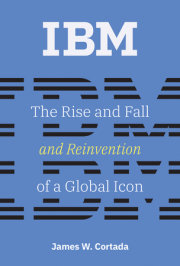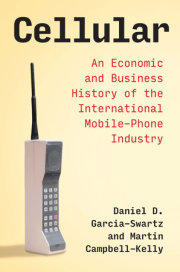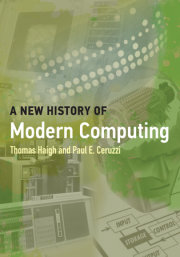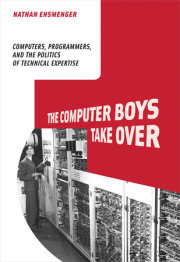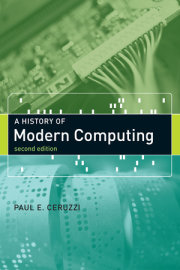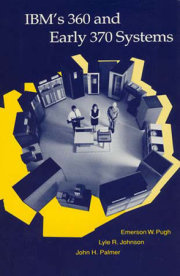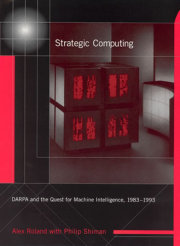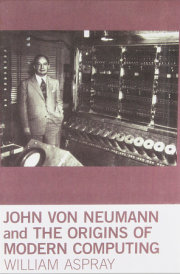Preface ix
I From Birth to Identity: IBM in its Early Years, 1880s-1945 1
1 Origins, 1880s-1914 3
2 Thomas J. Watson Sr. and the Creation of IBM, 1914-1924 27
3 The Emergence of IBM and the Culture of THINK 61
4 IBM and the Great Depression 91
5 IBM in World War II, 1939-1945 121
II IBM the Computer Behemoth, 1945-1985 147
6 IBM Gets into the Computer Business, 1945-1964 149
7 How Computers, IBM, and a New Industry Evolved, 1945-1964 177
8 System 360: One of the Greatest Products in History? 203
9 "The IBM Way": How It Worked, 1964-1993 233
10 "The IBM Way": What the World Saw, 1964-1993 257
11 IBM on the Global Stage 283
12 Two Decades of Antitrust Suits, 1960s-1980s 325
13 Communist Computers 353
14 "A Tool for Modern Times": IBM and the Personal Computer 379
III A Time of Crisis, 1985-1994 419
15 Storms, Crisis, and Near Death, 1985-1993 421
16 IBM's Initial Response, 1985-1993 439
17 How IBM Was Rescued, 1993-1994 471
IV IBM in the New Century 501
18 A New IBM, 1995-2012 503
19 Hard Times, Again, and Another Transformation 547
20 THINK: IBM Today and Its Legacy 579
Author's Note: In the Spirit of Transparency 619
Notes 623
Bibliographic Essay 677
Index 687


